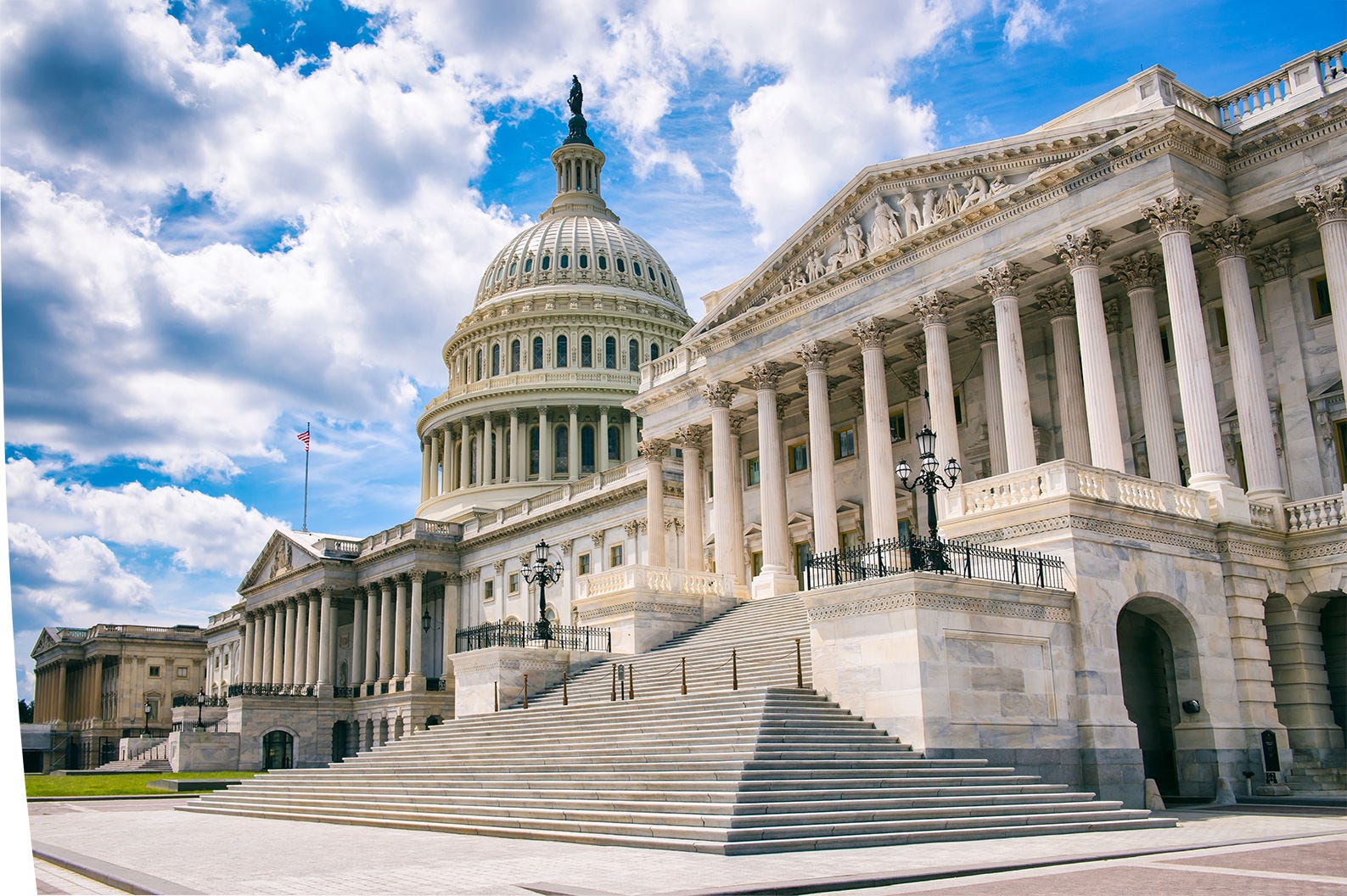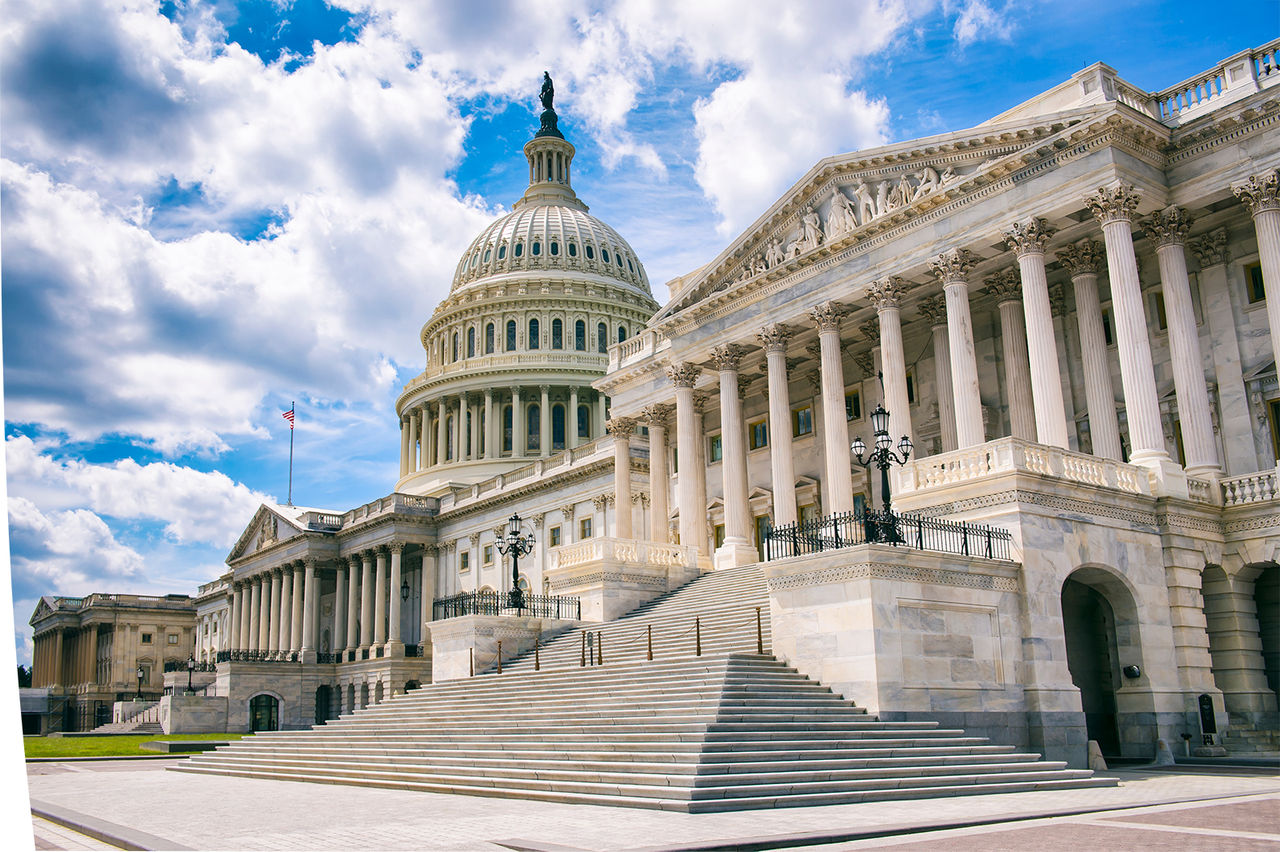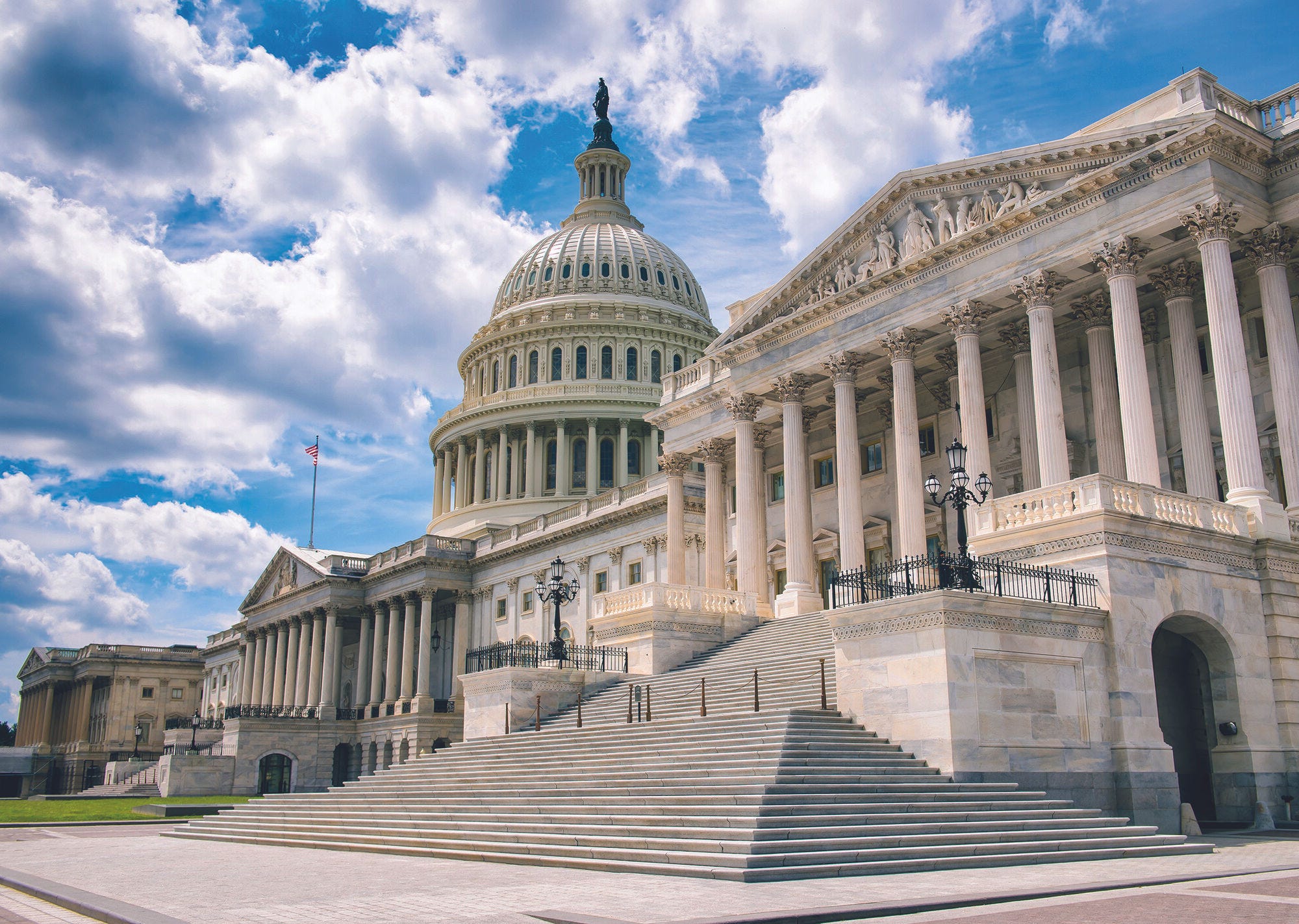The United States economy has continued to expand at a solid pace and price pressures have eased somewhat. However, a sustained fiscal deficit has contributed to raising public debt as a share of GDP to its highest level since World War II, with a further substantial increase in prospect over coming decades as the population ages. To put the public finances on a more sustainable path, a multi-year fiscal adjustment should be enacted that achieves savings on pensions and healthcare and raises taxation, including on capital incomes. A more medium-term oriented and less complicated federal budgeting process would support this. At the same time, economic growth would benefit from productivity enhancing reforms that promote competition, including through maintaining international trade openness and reinforcing relevant skills in the workforce. Efforts to reduce greenhouse gas emissions have accelerated, but further policy measures will be needed to achieve emission reduction targets. Policy options include a package of broad-based carbon pricing, taxes and sectoral policies. As the climate transition further progresses, additional measures will be needed to support displaced workers from fossil fuel industries and for climate adaptation.
SPECIAL FEATURE: MANAGING FISCAL PRESSURES IN THE UNITED STATES
Further reading
- Debt Dilemma: Addressing America’s mounting fiscal pressures
- Press release | Communiqué de presse
- Read the survey and access previous releases







